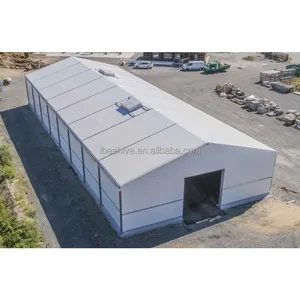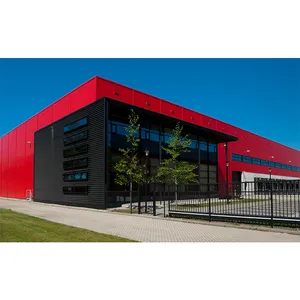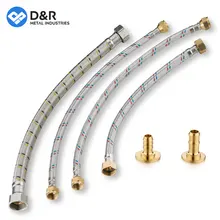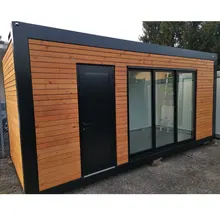Prefabricated Buildings: An Overview
The market for prefabricated buildings is a dynamic segment within the construction industry, offering a diverse range of structures designed for quick assembly and versatile use. These buildings are fabricated off-site in standard sections and then transported to the desired location for installation. The category encompasses various types, each serving specific needs and applications.
Types and Applications of Prefabricated Structures
Prefabricated structures come in several forms, including steel-framed constructions, modular homes, and portable warehouses. Their applications are equally varied, with uses ranging from temporary housing solutions to permanent commercial facilities. The adaptability of modular construction allows for its application in sectors such as education, healthcare, and retail, providing a swift and efficient building process.
Design and Customization
Design options for prefabricated buildings for sale are extensive, with offerings like 3D model design and graphic design services. These buildings can be tailored to serve as guard houses, carports, or fully functional prefab homes. The level of customization available ensures that clients can select a design that meets their specific requirements, without compromising on aesthetics or functionality.
Construction Materials and Features
The construction of prefabricated buildings typically involves the use of sandwich panels or light steel frames, materials known for their durability and lightweight properties. These materials contribute to the buildings' features, such as thermal insulation, soundproofing, and resistance to adverse weather conditions. The emphasis on material quality ensures that these structures are not only robust but also sustainable.
Advantages of Prefabricated Buildings
Opting for a prefabricated office building or warehouse can offer numerous advantages, including reduced construction time, minimized waste, and potential cost savings. The efficiency of the prefabrication process often results in a smaller carbon footprint compared to traditional construction methods. Additionally, the ease of assembly and disassembly makes these buildings ideal for temporary or mobile business needs.
Choosing the Right Prefabricated Building
When selecting a prefabricated commercial building, it is crucial to consider factors such as the intended use, local climate, and specific design requirements. Suppliers on Alibaba.com provide a range of services to support the selection process, including onsite inspections and the provision of spare parts. It is important to review the offerings carefully to ensure the chosen structure aligns with the project's needs.











































 浙公网安备 33010002000092号
浙公网安备 33010002000092号 浙B2-20120091-4
浙B2-20120091-4